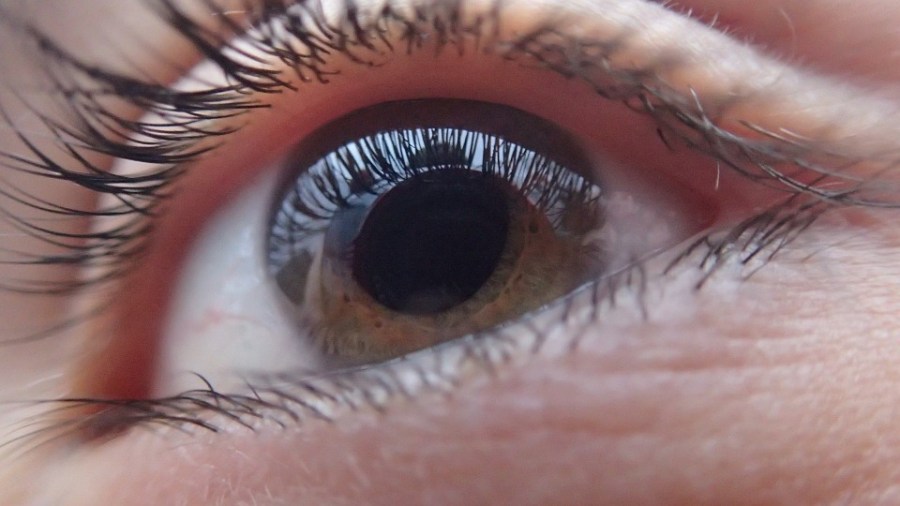How Often Does Endometriosis Grow Back After Surgery

There are numerous alternatives to eye surgery for glaucoma that you may want to try out first—especially considering the sometimes prohibitive eye surgery costs. These include eye drops, pills and emerging home remedies like medical marijuana. However, if these relatively non-invasive treatments prove ineffective, you may want to consider a surgical procedure. Bear in mind that the cost for laser eye surgery can be quite high. To help you decide, here are some of the most common eye surgery types, including both laser and incisional operations.
Argon Laser Trabeculoplasty (ALT)
Often administered alongside medications, ALT is used to treat primary open-angle glaucoma (POAG). It involves opening the fluid channels of the eye to help them drain more effectively. Because of how extensive this procedure is, and to avoid the risk of over-correction, surgeons tend to treat just half the fluid channels at a time. This also lowers the risk of increased pressure after surgery. ALT is only safe to perform up to 2-3 times in each eye—as a lifetime total. However, the procedure has a success rate of up to 75%.
Also used for the treatment of POAG, SLT is a low-level laser that targets specific cells selectively—as the name suggests. In other words, it avoids the risk of over-correction by treating only what needs to be treated. It may, therefore, be safely repeated.
SLT is a newer therapy that may be combined with ALT for relieving inner eye pressure. But it appears to be especially effective for patients who do not benefit from either ALT or glaucoma-indicated eye drops. The cost of laser eye surgery can be off-putting, but sometimes it's the best course of action.
Laser Peripheral Iridotomy (LPI)
LPI is used to treat narrow-angle glaucoma (aka angle-closure glaucoma). This condition occurs when the angle between the iris and cornea is insufficient to allow proper drainage—leading to inner eye pressure. LPI penetrates the iris, leaving a hole and alleviating the fluid channel blockage. Following this type of surgery, aqueous fluid flows more freely from behind the iris to the eye's anterior chamber.
Cycloablation
Cycloablation actually refers to two types of laser eye surgery aimed at reducing the amount of aqueous fluid in the eye. It is therefore most commonly indicated for open-angle glaucoma. Transscleral cyclophotocoagulation penetrates the eye's outer sclera to destroy underlying ciliary processes without harming the tissues in front. Endoscopic cyclophotocoagulation (ECP), meanwhile, involves actually implanting the laser emitter in the eye via an incision. In this way, the energy can be directly applied to the ciliary tissues.
Trabeculectomy
Trabeculectomy is a more traditional, incisional type of eye surgery for glaucoma. Usually, it will only be recommended in cases where medications and laser surgery has failed or has otherwise been deemed unsuitable. It can be used to treat both open-angle and closed-angle (or narrow-angle) glaucoma and involves draining excess eye fluid through an incision in the sclera.
Trabeculectomy is often effective. Roughly 50% of patients find they do not require any other treatment after this surgery, at least for a considerable length of time. Although it's usually performed as an outpatient procedure, patients are advised to restrict certain activities for 2-4 weeks after surgery. These include driving, reading, bending over and heavy lifting.
Drainage Implant Surgery
This type of eye surgery for glaucoma commonly involves inserting a small silicone tube into the anterior chamber of the eye. As with most surgical procedures for glaucoma, the idea is to drain aqueous fluid and lower inner eye pressure.
Connected to one or more plates and sutured in place behind the surface of the eye, the silicone tube will usually be invisible—which is a plus. But this kind of surgery does not appear to be as successful as trabeculectomy. It's often recommended when other procedures have failed or left patients with scarring.
Nonpenetrating Surgery
It might sound like a contradiction in terms, but nonpenetrating surgery simply refers to a procedure whereby the anterior chamber of the eye is avoided entirely. This minimizes the risk of postoperative complications, but tends not to be as effective at reducing inner eye pressure as trabeculectomy. Furthermore, nonpenetrating surgery hasn't been studied as extensively as other types of eye surgery for glaucoma. Long-term studies are especially lacking.
MORE FROM QUESTIONSANSWERED.NET
How Often Does Endometriosis Grow Back After Surgery
Source: https://www.questionsanswered.net/article/types-of-surgery-for-glaucoma?utm_content=params%3Ao%3D740012%26ad%3DdirN%26qo%3DserpIndex
0 Response to "How Often Does Endometriosis Grow Back After Surgery"
Post a Comment